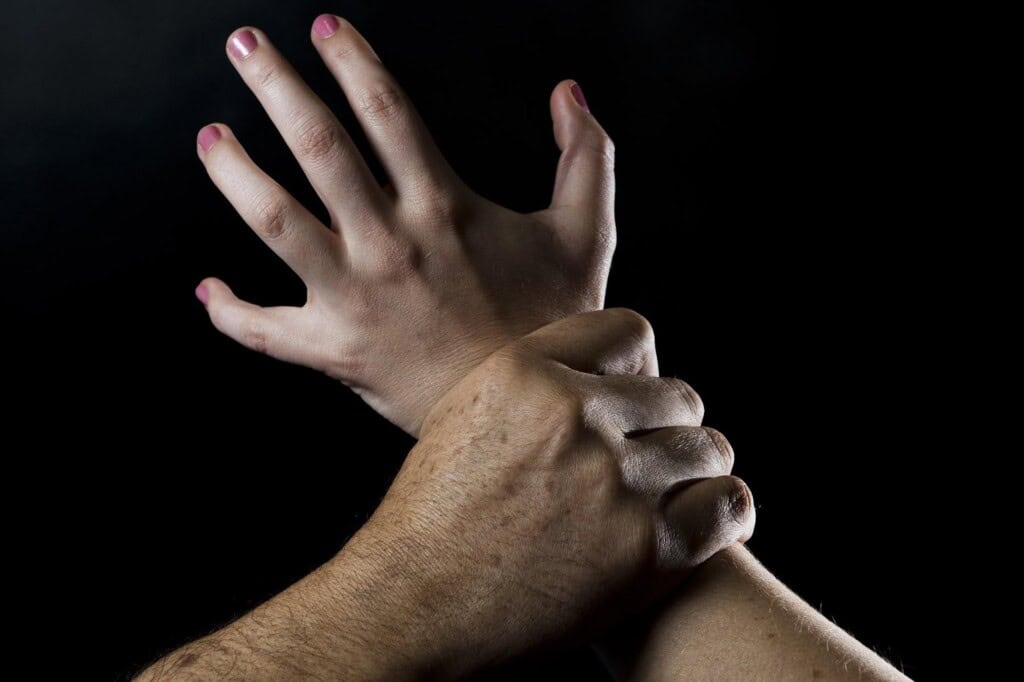
Sexual offenders prefer to hide in plain sight, blending into neighborhoods as pleasant, trustworthy, or normal individuals. This is what makes them challenging to detect. Learning how to recognize their typical behavior and tactics is crucial for parents, guardians, and youngsters who want to stay safe and keep others safe as well.
You can stay vigilant by being aware of the signs that someone is a predator. These can be boundary testing, too much secrecy, targeting vulnerable individuals, and a pattern of controlling or manipulative behavior. No single indicator suggests that an individual is a predator, but noticing a combination of red flags should never be ignored.
Common Traits and Behaviors to Watch For
1. Manipulative Behavior
Sexual predators tend to be very calculated in their behaviors. They can read others, apply charm, and tell a person what they want to hear to gain their trust. This is not necessarily subtle but may come across as attention, friendship, or guidance. Ultimately, their goal is to exert control over the victim’s emotions and decisions, thereby making it easier to exploit them without objection.
2. Targeting Vulnerability
Predators do not always discriminate in the choice of victims. They seek out those who are emotionally weak, poorly supported, or socially isolated. These are unloved children, those adolescents who have low self-esteem, or adults facing crises. Through giving support or attention, the predator creates a dependency that renders them vulnerable and afraid to report.
3. Boundary Testing
Before committing overt abuse, predators often engage in a process called grooming. This involves testing a person’s physical, emotional, or social boundaries over time. They might give inappropriate compliments, “accidentally” touch someone, or initiate private conversations about sex. If the victim doesn’t push back, the predator escalates the behavior. Each small step conditions the victim to accept more serious violations later.
4. Secrecy and Coercion
Keeping the abuse hidden is key to a predator’s strategy. They often pressure victims into silence using fear, guilt, or manipulation. They might say things like, “No one will believe you,” or “If you tell, I’ll get in trouble, and it’ll be your fault.” Some even use rewards or affection to buy silence. This secrecy isolates the victim and prolongs the predator’s access and control.
5. Position of Authority or Trust
Many predators go out of their way to gain roles that offer trust and access to others, especially children or teens. This includes jobs like teachers, coaches, youth pastors, or family friends.
Once in these roles, they use their authority to dismiss suspicions, discourage complaints, and convince others that they would “never do something like that.” Their respected status makes it harder for victims to speak out and be believed.
6. Repeated Patterns of Behavior
Sexual predators often show a pattern of behavior over time, even if they haven’t been caught. This may include rumors, repeated boundary-pushing incidents, or relationships with significantly younger people.
While not every rumor is true, repeated warning signs from different sources shouldn’t be ignored. Many predators don’t stop after one victim—they repeat the cycle unless they’re stopped.
7. Blaming or Minimizing
When confronted, predators often deflect responsibility. They might say the victim misunderstood, exaggerate how “consensual” it was, or suggest that they were the ones being seduced.
This tendency to blame others or minimize their actions is a hallmark of predatory thinking. It also makes it difficult for victims to feel validated, since the abuser twists the narrative in their favor.
8. Poor Empathy and Remorse
A lack of genuine empathy is a red flag. Predators often show little concern for the long-term impact of their actions. If they apologize, it’s usually to reduce consequences, not out of genuine regret. Some may even manipulate others into feeling sorry for them. Their emotional detachment allows them to harm others without guilt, making them especially dangerous.